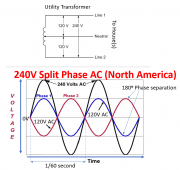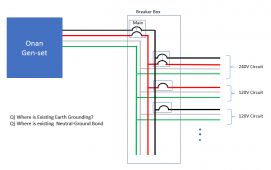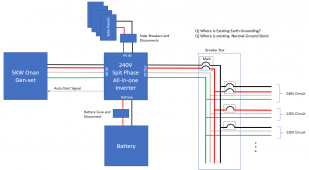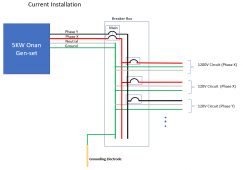Sisuranger
New Member
- Joined
- Aug 20, 2021
- Messages
- 20
Hi all, I'm new to the forum and just trying to get my system going. I currently have an off grid cabin in northern MN powered by a 5kw onan generator. The generator is in a separate shed and is connected to a square D panel with 5 breakers serving 3 buildings. I want to eventually add solar but first I want a battery bank with an inverter charger because my loads at night are just lights. Im not sure how everything should connect. An inverter vendor told me to connect my generator directly to the inverter to charge the batteries and the output would connect to the main portion of the panel. When the generator is on, the ac passes through the inverter directly to the panel. That seems too easy to me so I'm looking for verification and recommendations on which inverter charger accomplishes this. Thoughts? Thank you.








